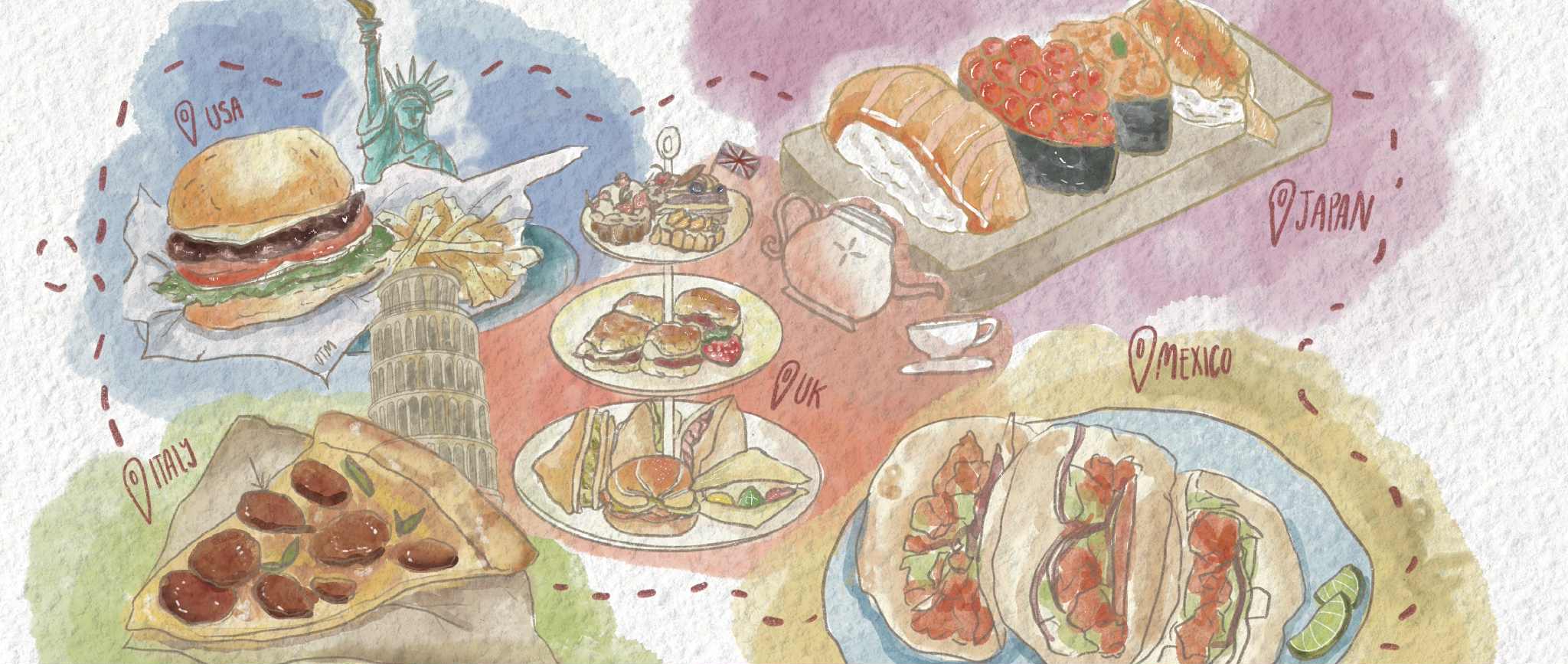Envision your first week at UC Santa Barbara. After a summer spent counting down the days until tropical paradise, the first beach trip with your floormates has finally arrived. Move-in is behind you, and the long-awaited sunset dip is here — in a herd of wide-eyed, flip-flopped freshmen, you dash down the stairs to Devereux Beach, eager to find your footing in your new home. Instead, your feet are swallowed by a glutinous lump of black tar and grazed by gelatinous kelp.
To become truly comfortable on our campus, Gauchos must embrace all UCSB has to offer. Doing so requires an understanding and appreciation of the good, the bad and the ugly of Isla Vista’s ecology. From bioluminescence and dolphin sightings to oil spills and the Lagoon’s signature stench, here’s a scientific overview of our shared landscape.
Wildlife
The California Coast hosts an extraordinary variety of wildlife, and Santa Barbara is among the most diverse marine habitats in the West. Animal enthusiasts are dually fortunate at UCSB, with frequent visitors from the Channel Islands. Common sightings from Campus Point include Pinnipeds — carnivorous marine mammals, such as Pacific harbor seals and California sea lions — as well as pods of dolphins and the occasional whale.
Yet Isla Vista’s marine diversity is not limited to mammals. According to UCSB’s Marine Science Institute, Santa Barbara reefs are home to over 160 species of seaweeds, invertebrates and fish, collectively. The beauty of certain marine residents is more obvious than others. Leopard sharks and purple-striped jellyfish allure crowds of tourists — meanwhile, Campus Lagoon inhabitants like the Longjaw mudsucker fish are overshadowed by the habitat’s distinctive sulfurous odor, caused by decaying algae and low-oxygen bacteria, which release smelly hydrogen sulfide.
Despite what the lagoon’s stench suggests, some bacterial species in Isla Vista’s ecosystem contribute to its beauty. The Oakley Evolution Lab studies how chemical reactions in bioluminescent bacteria can emit enchanting blue light and brighten our beaches. Sporadically, bioluminescence is observable at Devereux Beach in Isla Vista.
Kelp forests
Much of our marine diversity is attributed to the abundance of kelp along the coast of Goleta. Kelp forests are home to a wide variety of plants and animals: the dense foliage creates shade, reduces the strength of waves and currents, and creates a physical surface for marine life to inhabit in an otherwise vast ocean landscape. According to UCSB marine science researcher Kyle Emery, these effects are so significant that proximity to kelp forests can indicate biodiversity hotspots.
The benefits of kelp continue: these primary producers are the foundation for food webs, reduce ocean acidification by absorbing oceanic carbon dioxide and provide a home for microbes to grow on. This microbial slime supports the kelp’s regrowth and, therefore, their ability to remove carbon from the water and raise oceanic pH. In spite of its unappealing and slightly mucousy appearance, we owe the kelp on our shores considerable gratitude.
Tar and oil spills
Tar puddles are another notable characteristic of UCSB’s campus beaches. Their presence was especially noticeable during fall quarter’s recent Week Zero (sorry, freshmen!), but the sludge is nothing new.
The Santa Barbara coast hosts over 1,200 natural oil seeps, where hydrocarbons escape through fractures and sentiments above petroleum reservoirs. In the Coal Oil Point reserve offshore Goleta, between 4,200 to 25,000 gallons of oil seep into the ocean every day. As a result, tar has been prominent in Goleta since 500 AD, with Chumash communities incorporating it into the construction of canoes, woven water bottles and sewing string.
The natural resource was first capitalized off of in 1929 with the installation of oil tanks and processing plants. When crude oil extracted for profit emerges to float on the ocean’s surface, its lighter components evaporate and remnants form thick, sticky emulsions. In synthesis with natural and anthropogenic oils, Goleta became infamous for its marine tar.
Over time, Goleta’s oil drills gave rise to two devastating spills: 4 million gallons of crude oil spilled into the ocean after a platform blow out in 1969, and over 100,000 gallons in 2015. In response to the 1969 spill, faculty united to establish “The Friends of the Human Habitat,” a coalition which later evolved into UCSB’s Environmental Studies Program. Over five decades old today, the program remains a landmark in sustainability efforts and the largest program of its type in the country.
Together with the Environmental Affairs Board, Environmental Justice Alliance and UCSB Sustainability, UCSB continues to pioneer in undergraduate environmental activism and action.
Sunsets
No tar puddles or kelp piles can spoil a sunset in I.V. As winter approaches, our sunsets will only grow more beautiful due to lower humidity and cleaner air — plus, Earth’s 23.5 degree axis means the northern hemisphere tilts away from the sun, and it lies lower on the horizon, meaning twilight lingers for longer. As rays of sunlight pass through air, refracted by particles of water and dusk, sunlight bends as if through a prism.
With a Mediterranean climate, 300 or more days of sun and upwards of 91% clear skies, our view of this prismatic effect is unobstructed. Facing west towards the Channel Islands, there’s nothing to block our view of the horizon.
Isla Vista’s unique geography, diverse marine life and even tendency towards oily sludge is what breathes life into our campus. The clear view of the landscape before you is a reminder that we are as much a part of UCSB’s dynamic environment as the ocean we look out upon.
A version of this article appeared on p.11 of the October 9, 2025 edition of the Daily Nexus.





















Great article! i learned lots